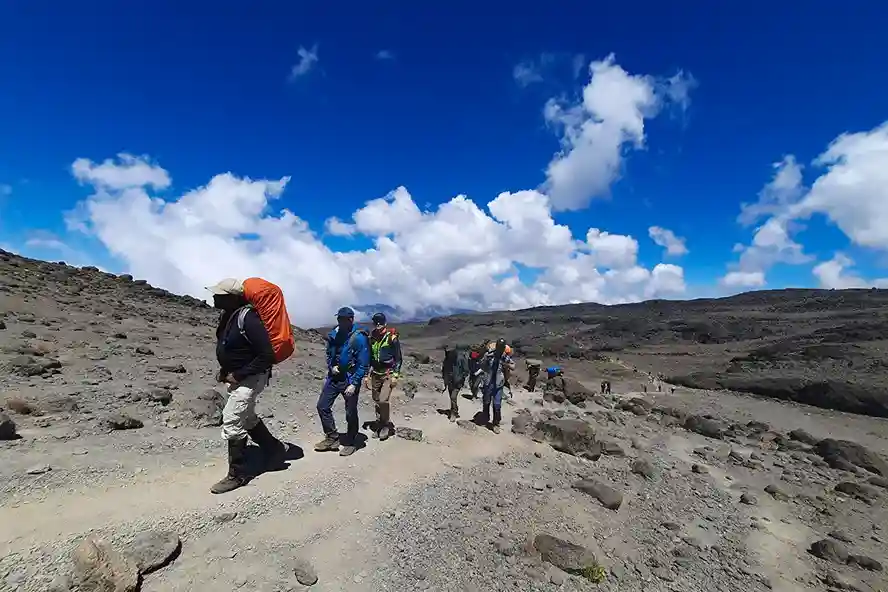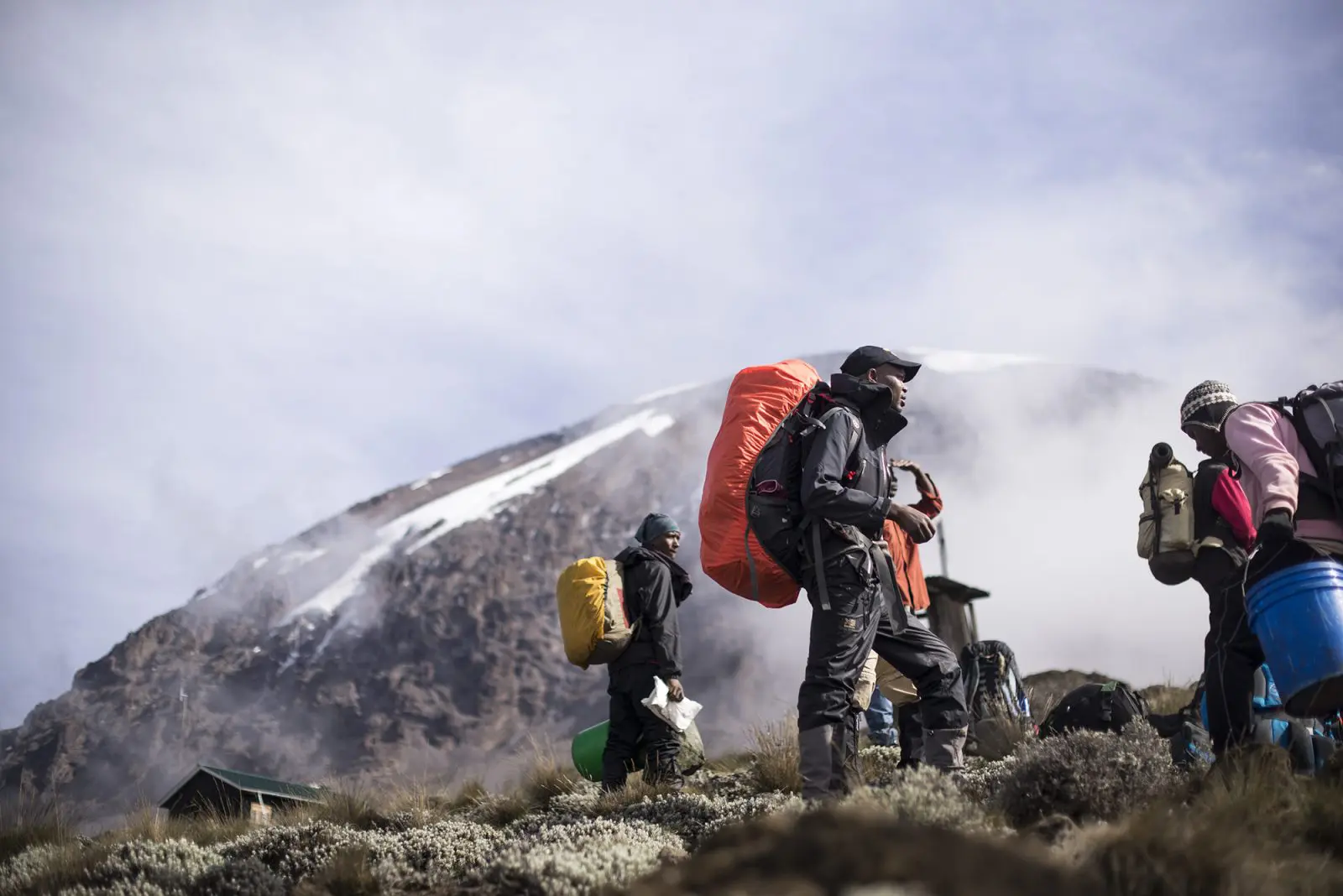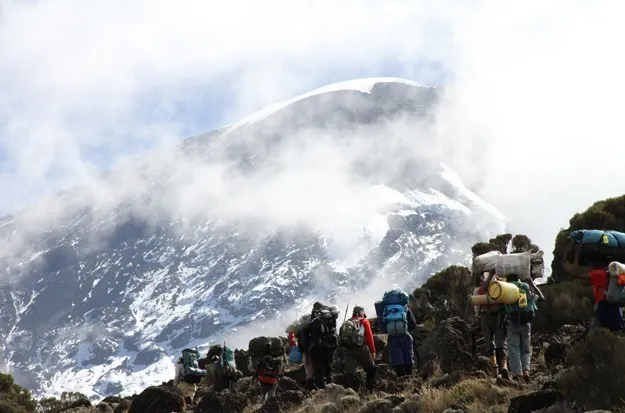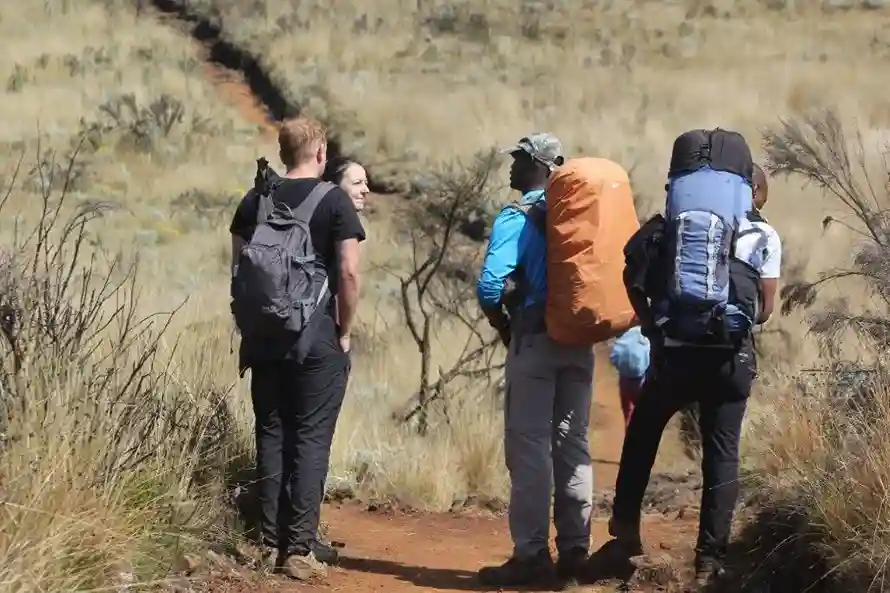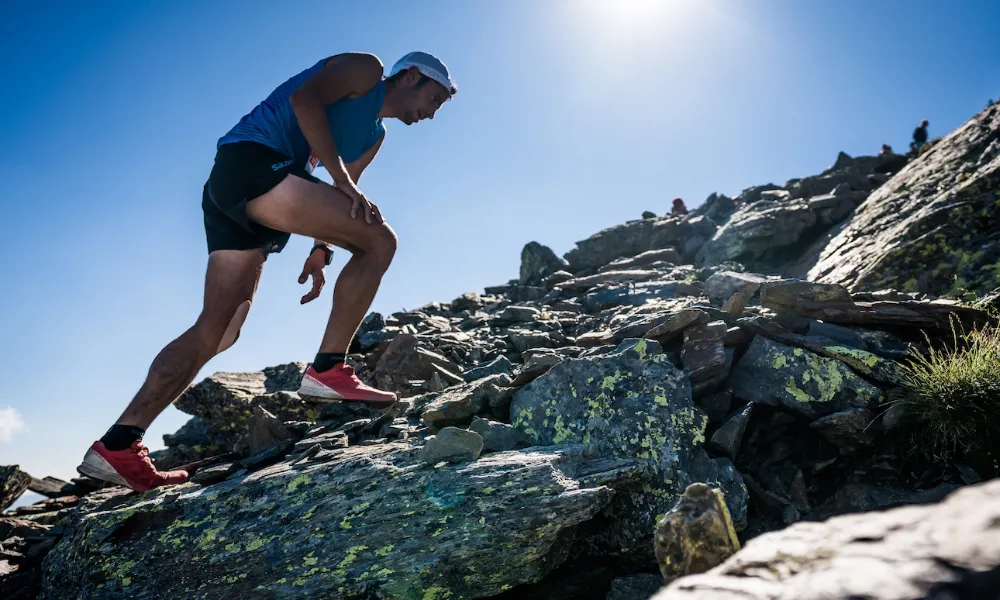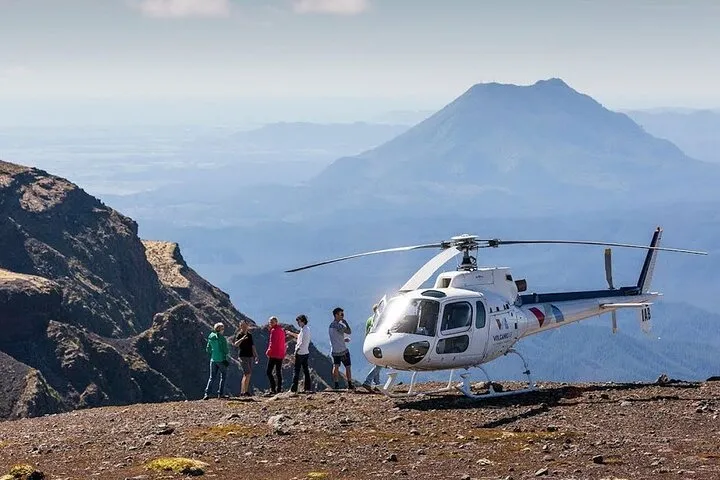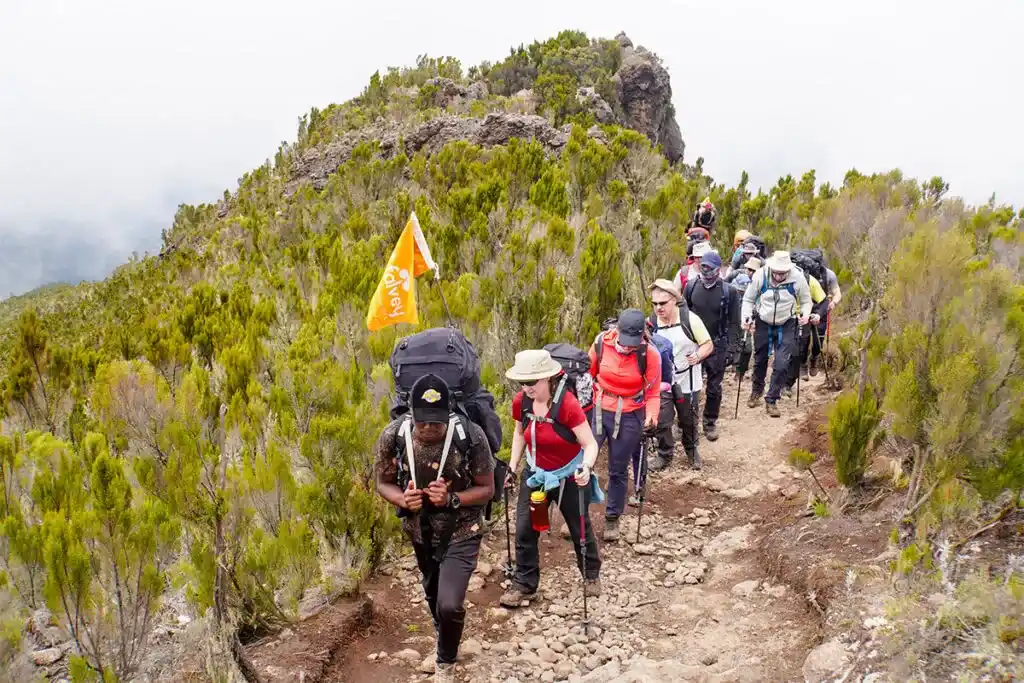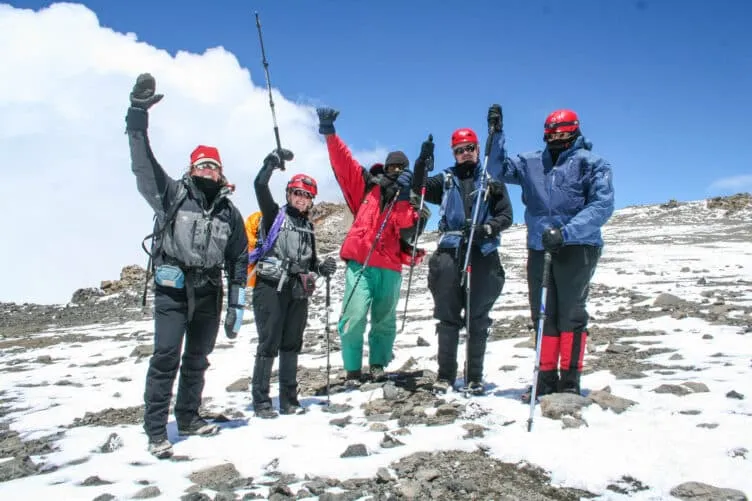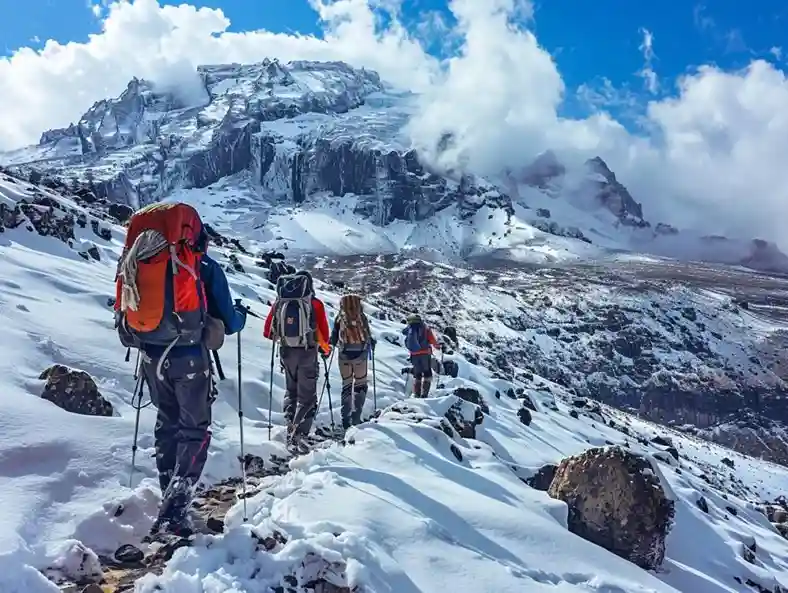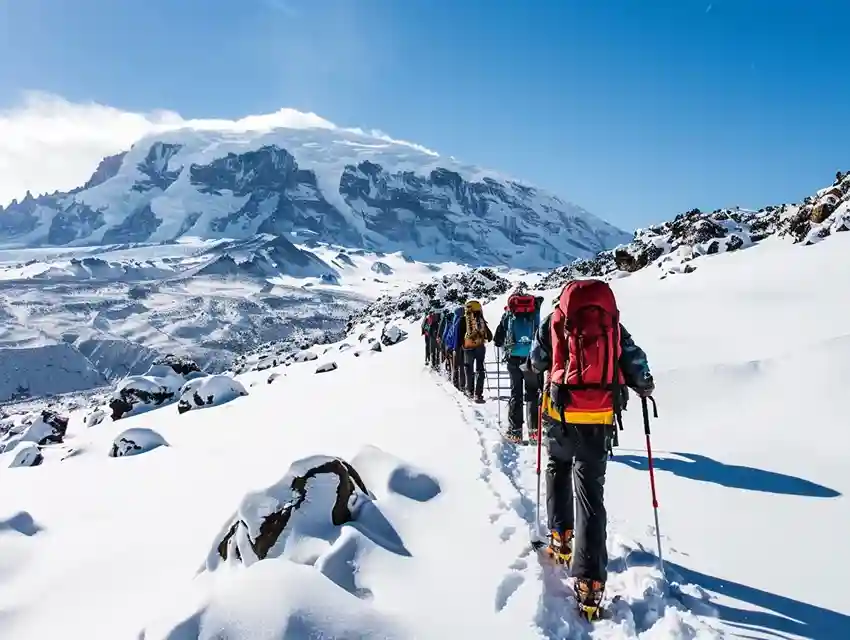Kilimanjaro Safety & Success Rates: Mortality Statistics Explained
Climbing Mount Kilimanjaro is generally safe when proper preparation and acclimatization are followed. The mortality rate is very low, with most fatalities linked to altitude sickness, pre-existing medical conditions, or extreme weather. Understanding the risks and taking precautions can significantly increase your chances of a successful summit. This Guide provides key safety and success statistics for Kilimanjaro climbers with Capable Africa Tours.
Learn Safety Tips Now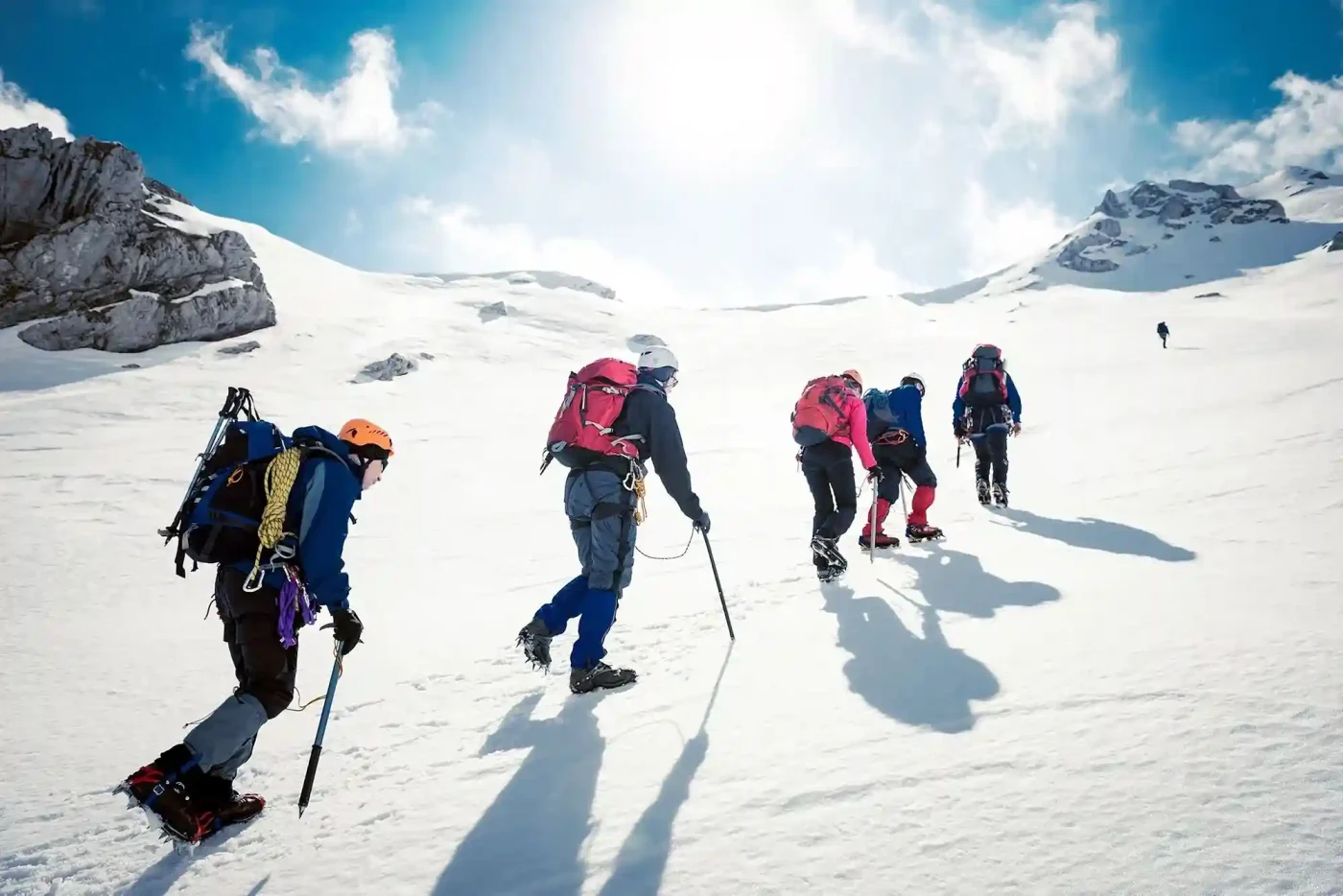
Kilimanjaro Mortality Statistics: The Numbers Explained
Understanding the risks of climbing Kilimanjaro starts with the data. While the mountain is considered relatively safe compared to other high peaks like Everest or K2, fatalities do occur. Here’s a breakdown of the mortality statistics based on available studies:
- Annual Climbers: Approximately 30,000–50,000 people attempt Kilimanjaro each year.
- Reported Fatalities: On average, 4–10 climbers die annually, though some estimates suggest up to 20–30 when including unreported cases.
- Mortality Rate: Studies from 1996–2003 reported a mortality rate of 13.6 per 100,000 climbers (0.0136%), or 1 death per 7,353 climbers.
- Comparison to Other Risks: The risk of dying on Kilimanjaro (0.0136%) is lower than dying in a car accident (0.012%) or from heart disease (0.57%).
These numbers highlight that while Kilimanjaro is not a death trap, it demands respect and preparation. Most deaths are preventable with proper acclimatization, experienced guides, and adherence to safety protocols.
Main Risks on Kilimanjaro and How to Mitigate Them
Climbing Mount Kilimanjaro is generally safe with proper preparation, but there are several risks that every climber should be aware of. The most common risks are related to altitude, weather, and physical strain. Being informed and following safety guidelines can greatly reduce these risks. Here’s an overview of the main risks you may encounter on a 6–9 day Kilimanjaro trek with Capable Africa Tours.
1. Altitude Sickness (AMS, HAPE, HACE)
Altitude sickness is the leading cause of fatalities on Kilimanjaro, affecting 75% of climbers with mild symptoms like headaches or nausea. Severe cases, such as High Altitude Pulmonary Edema (HAPE) or Cerebral Edema (HACE), are rare but life-threatening.
A study at KCMC Hospital found 54% of altitude-related cases involved HAPE, 12% HACE, and 20% both.
Mitigation Tips:
- Choose longer routes (7–8 days) like Lemosho or Northern Circuit for better acclimatization.
- Climb high, sleep low to help your body adjust.
- Monitor symptoms and inform guides immediately.
- Consider Diamox (acetazolamide) under medical supervision.
2. Falls and Accidents
The Western Breach route is notorious for rockfalls, which have caused fatalities. Most other routes are safer, with gradual slopes.
Trauma accounts for 12% of deaths (3 out of 25 in the 1996–2003 study).
Mitigation Tips:
- Avoid the Western Breach route.
- Use proper trekking poles and sturdy footwear.
- Follow your guide’s instructions on tricky terrain.
3. Heart-Related Issues
High altitude can exacerbate pre-existing heart conditions, leading to myocardial infarction.
Heart attacks caused 16% of deaths in the 1996–2003 study.
Mitigation Tips:
- Get a pre-climb health check-up, especially for cardiovascular health.
- Train with cardiovascular exercises for months before the climb.
4. Extreme Weather and Hypothermia
Kilimanjaro’s weather can shift rapidly, with freezing temperatures at higher altitudes.
Hypothermia is rare but possible, especially in the wet season (April–May).
Mitigation Tips:
- Climb during dry seasons (January–March, June–October).
- Pack layered clothing and waterproof gear.
- Choose operators like Capable Africa Tours with proper gear for porters.
5. Dehydration
Dehydration is a common issue due to high water loss at altitude.
Climbers should drink 3–4 liters of water daily to prevent dehydration-related illnesses.
Mitigation Tips:
- Carry a hydration bladder or water bottles.
- Monitor water intake with your guide’s help.
Which Kilimanjaro Route Has a Higher Success Rate?
Among the popular routes, Lemosho and Machame have some of the highest summit success rates due to their gradual ascent profiles and sufficient acclimatization days. The success rate of reaching the summit of Kilimanjaro depends largely on the route’s length and the number of acclimatization days it allows. Longer routes generally provide better acclimatization, which significantly increases your chances of success. Here’s an overview of success rates by route for a 6–9 day Kilimanjaro trek with Capable Africa Tours.
| Route | Duration | Success Rate | Key Features |
|---|---|---|---|
| Lemosho | 7–8 days | 85–90% | Scenic, remote, excellent acclimatization profile |
| Machame | 6–7 days | 75–90% | Popular, diverse landscapes, good climb high/sleep low profile |
| Northern Circuit | 8–9 days | 90% | Longest route, best for acclimatization, less crowded |
| Rongai | 6–7 days | 70–85% | Approaches from the north, quieter, moderate acclimatization |
| Marangu | 5–6 days | 50–70% | Hut accommodations, shorter, less acclimatization |
Capable Africa Tours recommends the Lemosho or Northern Circuit routes for their high success rates and safer acclimatization profiles, ensuring you have the best chance to summit safely.
Top Safety Tips for Climbing Kilimanjaro
Climbing Kilimanjaro safely requires careful preparation, awareness of altitude risks, and sensible trekking habits. Proper acclimatization, staying hydrated, and listening to your body are essential for reducing the risk of altitude sickness and other health issues. Working with an experienced trekking company also ensures you have support when needed. Here are the top safety tips for a 6–9 day Kilimanjaro climb with Capable Africa Tours.
- Choose a Reputable Operator: Select a company like Capable Africa Tours with trained guides, emergency protocols, and partnerships with services like Kilimanjaro MedAir for helicopter evacuations.
- Opt for Longer Routes: Routes like Lemosho (7–8 days) or Northern Circuit (8–9 days) allow better acclimatization, reducing AMS risks.
- Train for Months in Advance: Focus on cardiovascular fitness, hiking, and strength training to prepare your body. Aim to run 5 km or hike 10 km comfortably.
- Get a Health Check-Up: Consult a doctor to rule out heart or respiratory issues that could worsen at altitude.
- Stay Hydrated: Drink 3–4 liters of water daily to combat dehydration.
- Monitor Symptoms: Report headaches, nausea, or dizziness to your guide immediately for early intervention.
- Pack Proper Gear: Include layered clothing, waterproof gear, and trekking poles. Capable Africa Tours offers gear rental for convenience.
- Climb During Dry Seasons: Plan your trek for January–March or June–October to avoid slippery trails and poor visibility.
- Follow Your Guide’s Pace: Go “pole pole” (slowly) to allow your body to adjust to the altitude.
- Know When to Turn Back: Safety is more important than summiting. Listen to your guide if descent is necessary.
How Kilimanjaro Compares to Other Mountains
Kilimanjaro is safer than many high-altitude peaks due to its non-technical nature and lack of a “death zone” (above 8,000 meters). Here’s how it stacks up:
- Mount Everest: Fatality rate of 1–3.29%, significantly higher than Kilimanjaro’s 0.0136%. Everest’s death zone makes acclimatization impossible.
- K2: Fatality rate of 23%, with dangerous icefalls and unpredictable weather.
- Mont Blanc: Despite being lower (4,810 m), it has a higher fatality rate (~100 deaths/year) due to technical climbing risks.
- Aconcagua: Fatality rate of 0.071%, with most deaths at over 6,000 m.
Kilimanjaro’s lower mortality rate and gradual slopes make it accessible for beginners, but preparation remains critical. Capable Africa Tours ensures safety with expert guides and robust protocols.
Evacuation and Rescue Services on Kilimanjaro
Unlike Everest, where body recovery is challenging, Kilimanjaro has efficient evacuation systems. Guides and porters, supported by Kilimanjaro National Park rangers, use stretchers or helicopters (via Kilimanjaro MedAir) for rapid evacuations. Capable Africa Tours partners with AMREF Flying Doctors for modern rescue services, ensuring quick response in emergencies.
Key Evacuation Facts:
- Helicopter evacuations are available on most routes.
- Stretchers are used for non-emergency descents.
- No bodies remain on Kilimanjaro due to effective evacuation protocols.
Climb Kilimanjaro Safely with Capable Africa Tours
Ready to conquer Kilimanjaro with confidence? Capable Africa Tours offers expert guides, tailored itineraries, and top-notch safety protocols to ensure a safe and memorable climb. With up to 95% summit success rates on routes like Lemosho, we’re your trusted partner for this adventure.
- Certified Guides Trained in Altitude Sickness Management
- Partnerships with Kilimanjaro MedAir for Emergency Evacuations
- Customizable 7–9 Day Routes for Optimal Safety
- Comprehensive Pre-Trip Health and Training Support
- Combine Your Climb with a Tanzanian Safari or Zanzibar Beach Trip

